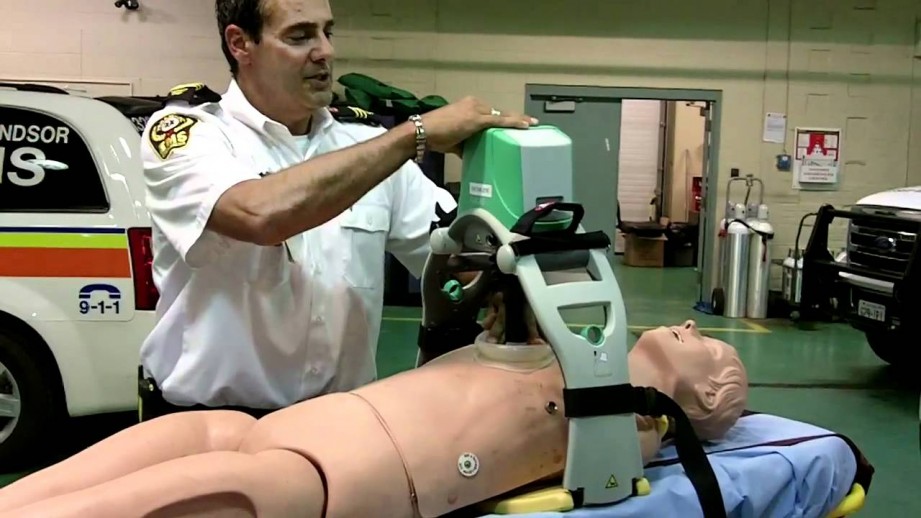
The Prehospital Randomised Assessment of a Mechanical Compression Device In Cardiac Arrest
WARWICK UNIVERSITY TRIAL SUMMARY – P.A.R.A.ME.D.I.C. is a cluster randomized controlled trial and economic evaluation. We have chosen to use a cluster randomised design because an individually randomised design would have a significant danger of a high level of contamination among the manual compression arm. In an individually randomised design, all vehicles taking part in the trial would have to carry a LUCAS device, and there would be a strong possibility that it would be used for patients allocated to manual compression, especially if the perception of paramedics was that LUCAS made chest compression easier and allowed them to carry out other tasks more effectively.
We will use vehicles (ambulances and rapid response vehicles (RRVs)) as randomisation units. Vehicles will be randomly allocated before the start of recruitment to carry LUCAS (LUCAS arm) or no LUCAS (manual compression arm). Patients will be eligible if they are in cardiac arrest in the out-of-hospital environment , the first ambulance resource is a trial vehicle, are aged 18 years or over, and a resuscitation attempt is started. Exclusions are cardiac arrest as a result of trauma, and known or clinically apparent pregnancy. Interventions will be either use of LUCAS for chest compression during resuscitation, or standard manual chest compression (control). Outcomes are survival to hospital, survival to 30 days, 3 months and 12 months, and neurologically intact survival to 3 months (survival with Cerebral Performance Category (CPC) score 1 or 2). All survivors will be followed up at 3 months, to measure health-related quality of life, and at 12 months, to evaluate cognitive status (mini-mental state examination), post traumatic stress (PTSD civilian checklist) and anxiety and depression (Hospital Anxiety and Depression Scale).
Objectives
The primary objective of this trial is to evaluate the effect of using LUCAS rather than manual chest compression during resuscitation by ambulance clinicians (paramedics, technicians ECA etc) after out of hospital cardiac arrest on mortality at 30 days after the event. Secondary objectives of the study are to evaluate the effects of LUCAS on survival to 12 months,
cognitive and neurological outcomes of survivors and cost-effectiveness of LUCAS



